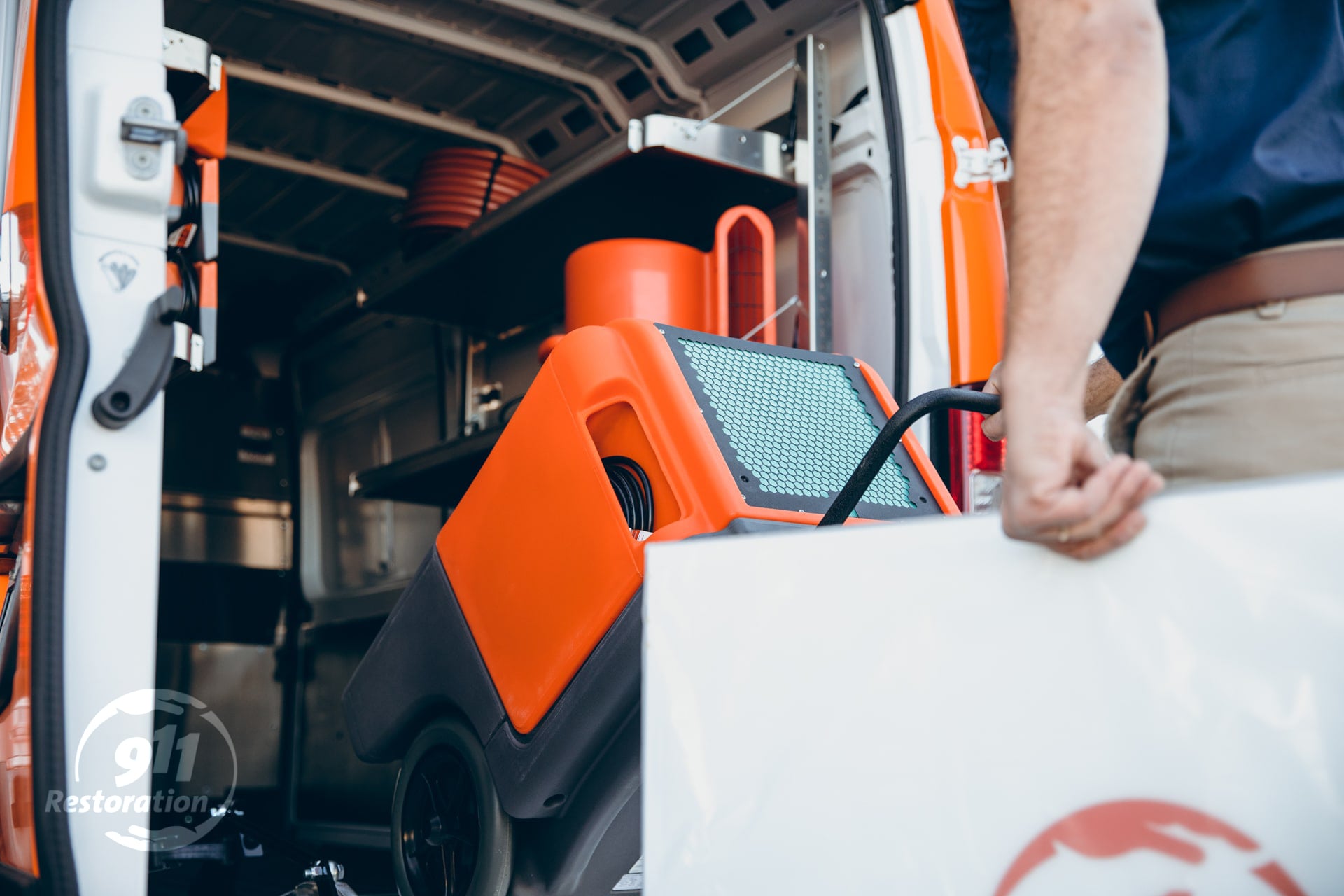A Quick Summary Of The Ultimate Guide To Water Damage Restoration
- The 3 categories of Water Contamination
- The 4 Types of Water Damage
- Three Main Types Of Water Removal Equipment
- Three Common Water Damage Situations
No one has ever said, “Water damage is great and fun” It’s horrible if you’ve ever experienced it. It doesn’t really matter if the damage is minor enough that you can handle it yourself or if they are severe enough to require restoration services. It doesn’t matter how small or large the damage is. One thing is certain, however. Your restoration process will go more smoothly the more you know about water damage removal. Even if you have hired a water damage company, it won’t matter if they do the job. You will make better decisions now and in the long-term if you have more information.
This guide will cover all aspects of water damage. Let’s get started!
THREE CATEGORIES OF WATER DAMAGE
The most important thing about water damage restoration is to know how contaminated the water is. There are three types of water damage contamination when it comes to restoration.
CATEGORY 3
This refers to water with high levels of contamination that could pose a danger to your health. This is blackwater. Category 3 contains pathogens, toxic toxins, heavy metals and/or pesticides. These include natural waterway overflow, and raw sewage.
Full-body protection for workers may be required depending on the severity of a Category 3. Many contaminated materials are stored in special containers that can be used later to dispose of them. To avoid any injury or accident, everyone on site should be aware of their surroundings.
CATEGORY 2
This is graywater. This water is not safe to drink and in most cases it’s unsafe to touch. It contains unsafe biological matter and high levels of microorganisms. For example, water containing chemicals or urine is a Category 2.
The water is obviously a danger here, unlike Category 1. Protective equipment should be worn by the specialists on site, such as gloves, boots, coveralls and gloves.
CATEGORY 1
Water that is safe to drink. Category 1 water is clean and uncontaminated. It is safe to ingest, touch, or inhale Category 1 water. It’s considered Category 1 if the water is from rainwater or a sprinkler system.
A job like this poses no risks, but dangerous surroundings can. For example, if there are any electrical sources nearby; for example, power lines. However, the water itself is not dangerous to workers.
This is also important
If remediation is not done quickly, contaminated water can grow to a higher level. Standing water can be a breeding ground for bacteria and pathogens. If left unattended, what started as spores quickly becomes mold. If not taken care of, minor health problems can quickly escalate into major health hazards. Get in contact with a mold remediation specialist.
THE FOUR CLASSES of WATER DAMAGE
There are four main types of water damage, independent of contamination. These are the four main types of water damage.
CLASS 4
Class 4 is very similar to Class 3, but with two key differences. The flooding of areas that are difficult to reach and highly porous is Class 4. The second is when highly contaminated water (like sewerage) has been absorbed into walls and floors. These situations require more expensive equipment and take longer to resolve. These circumstances are unique and special.
CLASS 3
This refers to water damage caused by porous surfaces, which can cause significant (sometimes irreparable) damage. This category also covers situations that involve large amounts of water. A restoration company must “pull out all of the stops” in order to remove the water from a Class 3. A Class 3 situation could include flooded basements, saturated carpets and upholstery, or a building that has been completely soaked.
CLASS 2
Water damage that involves porous materials like wood or gypsum boards. A Class 2 situation is where more water (than Class 1) is absorbed onto the surface. This can lead to more damage. This class 2 job requires extensive post-remediation efforts to restore the affected areas. After the water has been removed, surfaces have dried and will require serious repair or replacement.
CLASS 1
Low saturation refers to water damage that results from low water content. A tiled floor, sealed concrete or any other non-porous surface that is covered by water can be considered a Class 1. A Class 1 situation usually doesn’t need much work after water removal.
Remember This
A restoration company will first assess the damage class and contamination. Once these diagnoses have been made, they’ll start the remediation process. These categories and classes exist for a reason. It is because, depending on the situation, certain equipment and techniques may be required.
The 3 Main Types Of Water Removal Equipment
Three types of equipment are used in almost all water damage restoration jobs. There are three main types of equipment used in water damage restoration: air movers, dehumidifiers and air scrubbers.
AIR SCRUBBERS
They are distinct from dehumidifiers because they remove particles and odors from the air, not water. These are commonly used to restore water damage, but they are also used frequently to restore fire damage. They remove smoke particles from the air. It is used to remove lingering smoke particles from the air. Mold and mildew are the most common causes of these smells.
There are two types of air scrubbers: dry or wet. The type of filter used inside an air scrubber is what makes the difference. Dry air scrubbers use ionic purifiers, while we use wet filters.
DEHUMIDIFIERS
These machines remove moisture from the air. These machines are not designed to remove water from surfaces. Mold growth and mildew can result from excessive moisture in the air. This is why dehumidifiers are used. They come in a variety of sizes and shapes, just like air movers. A standard dehumidifier can remove approximately 150 pints water from the air in a 24-hour period. Industrial dehumidifiers, also known as low grain refrigerants, can remove more water, removing up to 200 pints of air per hour.
AIR MOVERS
These drying machines do exactly what their names suggest. They circulate air through the affected area. The area is able to dry quicker thanks to the circulating air. There are many sizes of air movers. The larger ones have more power. You’ll notice that the capacity of an air mover is determined by how much air it moves per minute.
You may be thinking “So…you’re talking to fans.” Professional air movers are not the same as fans. They are stronger and have a higher level of functionality than traditional household fans. They are also known as air movers. They are not fans.
WATER DAMAGE RESTORATION – CONCLUSION
Professionals should be notified in most cases of water damage. No matter what your situation may be, give 911 Restoration of the San Fernando Valley, an immediate call. We’ll help you assess the damage over the phone. If your incident involves unclean waters, do not attempt to restore it yourself. It is best to call a water damage restoration firm immediately and get help. They are here to help with commercial restoration services brentwood and surrounding areas!

